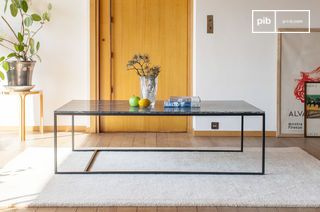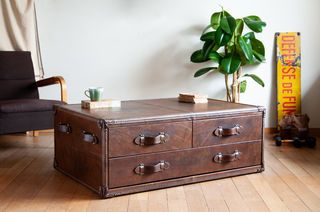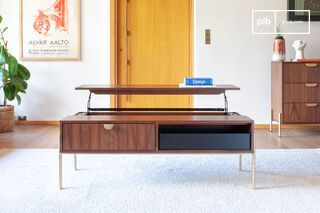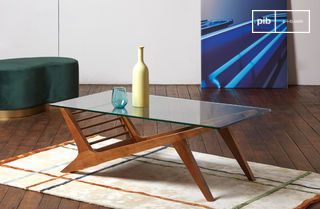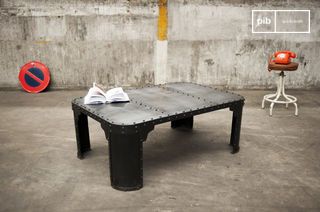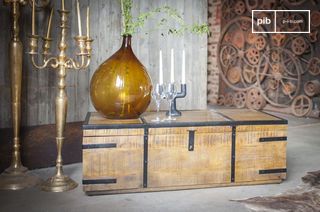Rectangular coffee tables
Rectangular coffee tables structure the space between seats without distracting attention. Their linear format facilitates circulation in rooms that are elongated or organized around a central axis. A rectangular coffee table provides a clear distribution of objects and differentiated access from side to side. They are ideal for front-facing configurations, with facing or modular sofas. In wood, glass, metal or mixed materials, this format allows you to articulate volumes without upsetting the overall balance. It's easy to set up, whether centered or slightly offset in the composition of the living room.
read more >Filters
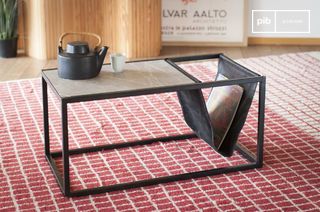
Stone magazine holder coffee tableIbiza
£445 £400-10%
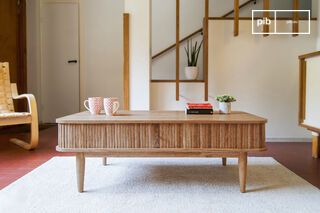
Oak side table with curtainsRitz
£725 £650-10%
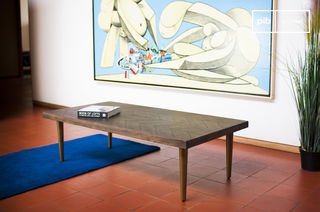
Dark wood coffee tableAlienor
£465 £415-10%
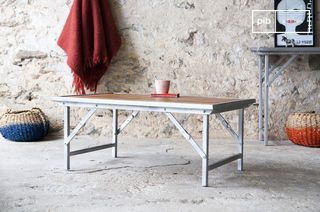
Teak coffee tableBollène
£555 £500-10%
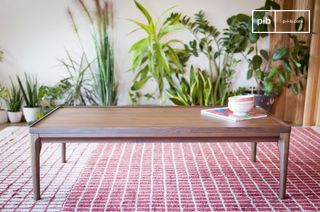
Walnut coffee tableHemët
£670 £605-10%
10 festive days
10% off our tables and consoles
Welcome your guests in style · Limited stock
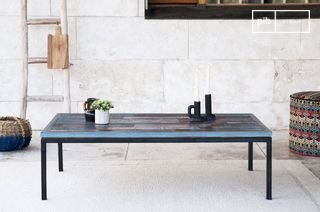
Wooden coffee tableMoriz
£605 £540-10%
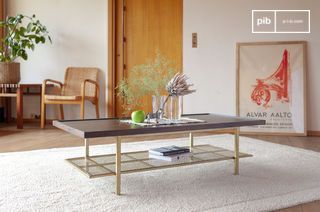
Walnut coffee tableNeutra
£845 £760-10%
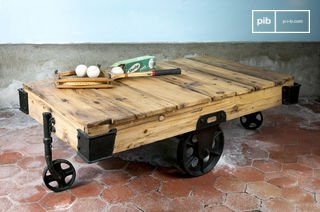
Wooden Coffee TableWood Wagon
£885 £800-10%
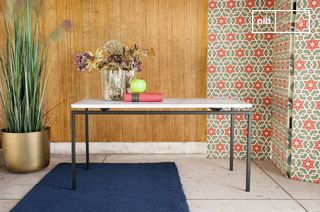
White marble coffee tableVarmalio
£445 £400-10%

Why opt for a rectangular coffee table
A rectangular coffee table offers a precise visual structure to the heart of the living room. Its linear shape corresponds to the most common configurations, including sofas in a row or facing each other. It facilitates a balanced distribution of objects (books, trays, accessories) while ensuring comfortable access from several seats. This type of format blends naturally into elongated rooms, where it accompanies the overall geometry of the layout without creating a break.
Its silhouette also reinforces an axis in the room. Placed in line with a sofa and base unit, a rectangular coffee table links the volumes while maintaining a contained height. It creates a focal point without overloading the visual field. This discreet volume allows objects to be superimposed without unbalancing the overall composition.
Proportions, circulation and layout
The dimensions of a rectangular coffee table vary according to the space available and the intended use. A length of between 90 and 120 cm is suitable for most living rooms. It allows several objects to be placed without encroaching on the passage area. The average width is between 45 and 60 cm, to leave sufficient clearance between the seats. The ideal is to maintain a distance of around 40 cm between the table and the edge of the nearest sofa or armchair.
This type of table can be centered or offset, depending on the layout of the furniture. In the presence of a sofa dangle or asymmetrical set, a slight offset frees up flow while retaining the central support function. In open spaces, it can be aligned with a carpet or positioned in continuity with a low storage unit. The top, often horizontal and continuous, accommodates both fixed objects (books, candleholders) and mobile elements depending on the time of day.
Materials, base and visual perception
The choice of materials determines the effect of mass or lightness that the table introduces into the room. Solid wood provides a stable, visible and tactile anchor. Glass tops visually lighten the whole and retain the readability of the floor or carpet. Ceramic and concrete composite offer denser surfaces, resistant to intensive use and thermal variations. Veneered MDF allows for homogeneous finishes with a lighter material cost.
The base influences both stability and visual impact. Straight metal or wood legs are discreet and functional. More complex structures (crossed, solid panel, geometric) introduce a graphic effect and can become a reading point in the room. The choice depends on the visual density already present in the environment: furniture, floor, walls, carpets.
The finish of the top (matte, satin, textured) modifies the way light interacts with the surface. A matt tabletop absorbs reflections and softens contrasts. A slightly glossy tabletop accentuates contours and reflects surrounding objects. These effects should be taken into account in brightly lit rooms or interiors already featuring reflective materials.
A rectangular coffee table is as much a visual composition tool as a piece of furniture dusage. Its shape and proportions enable it to adapt to most configurations without constraining the layout. It supports everyday uses while maintaining a clear reading of space.
